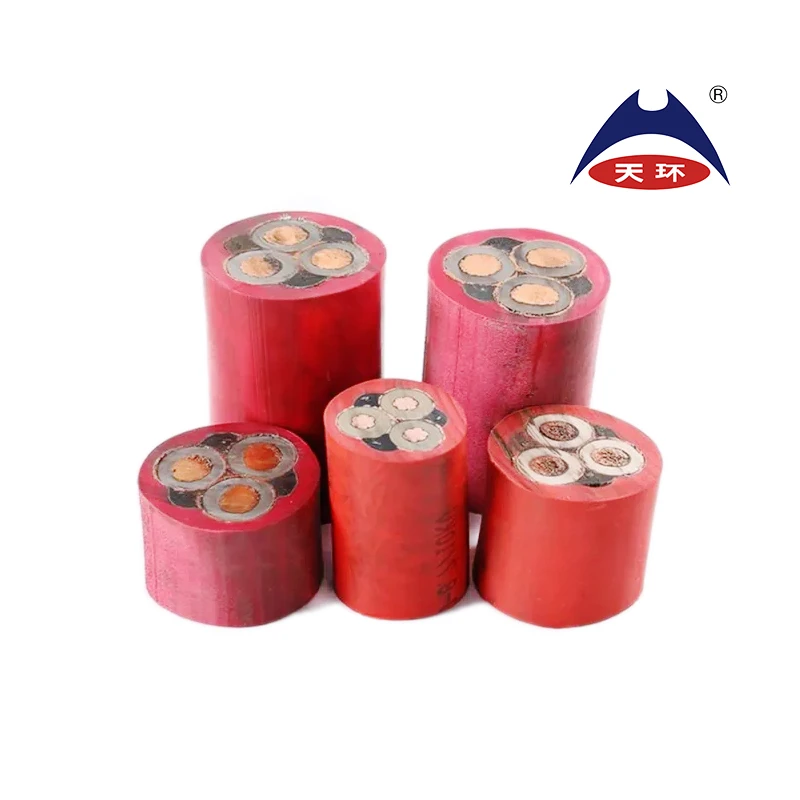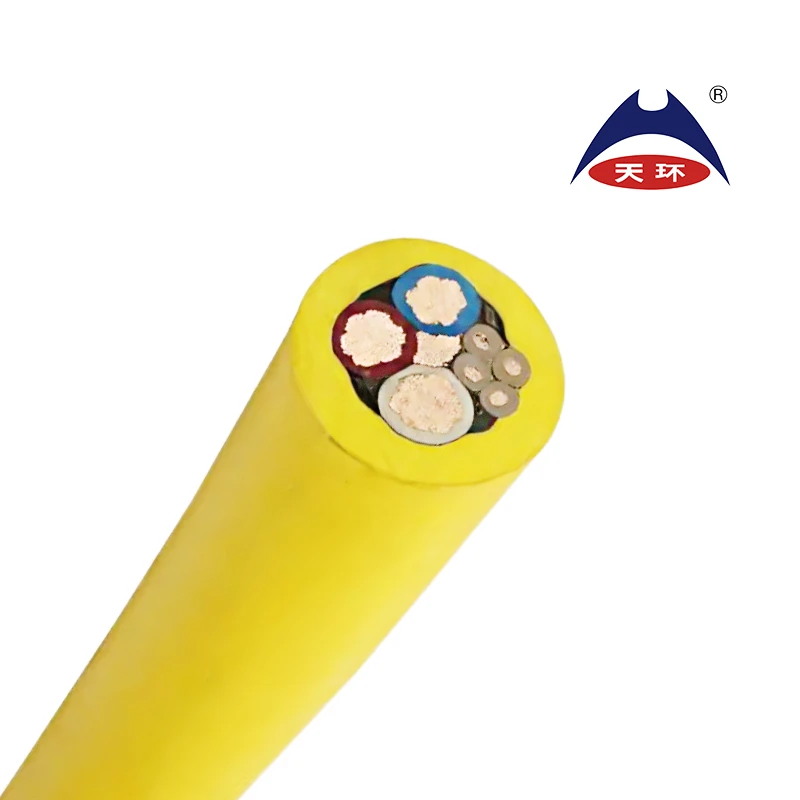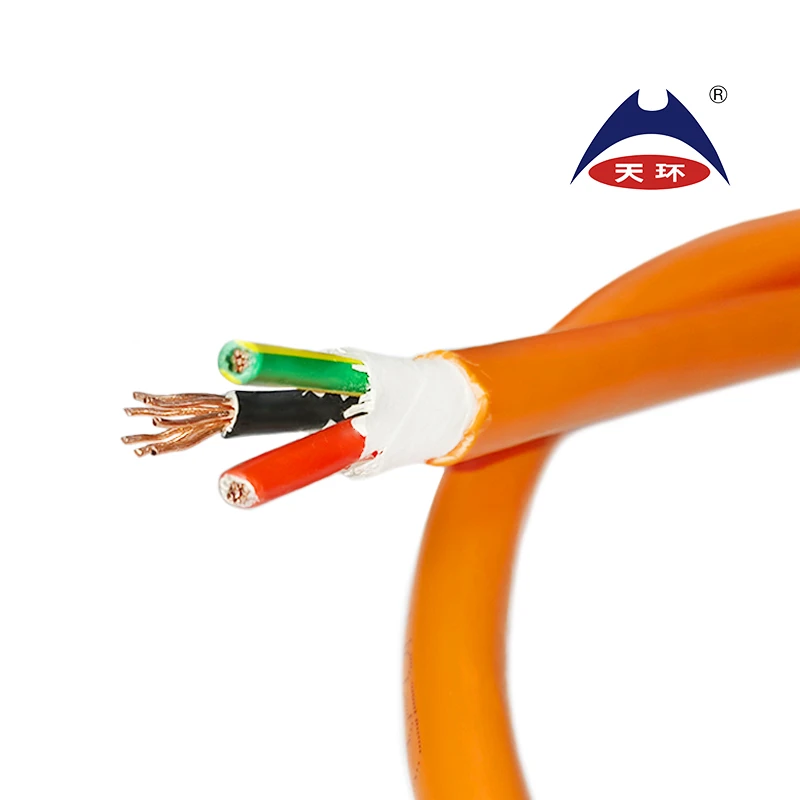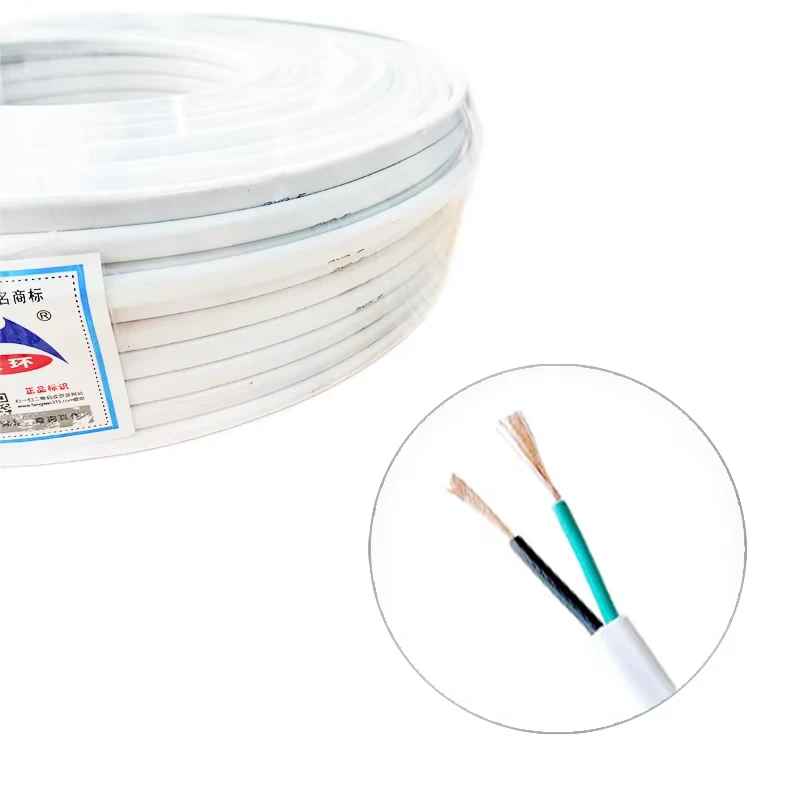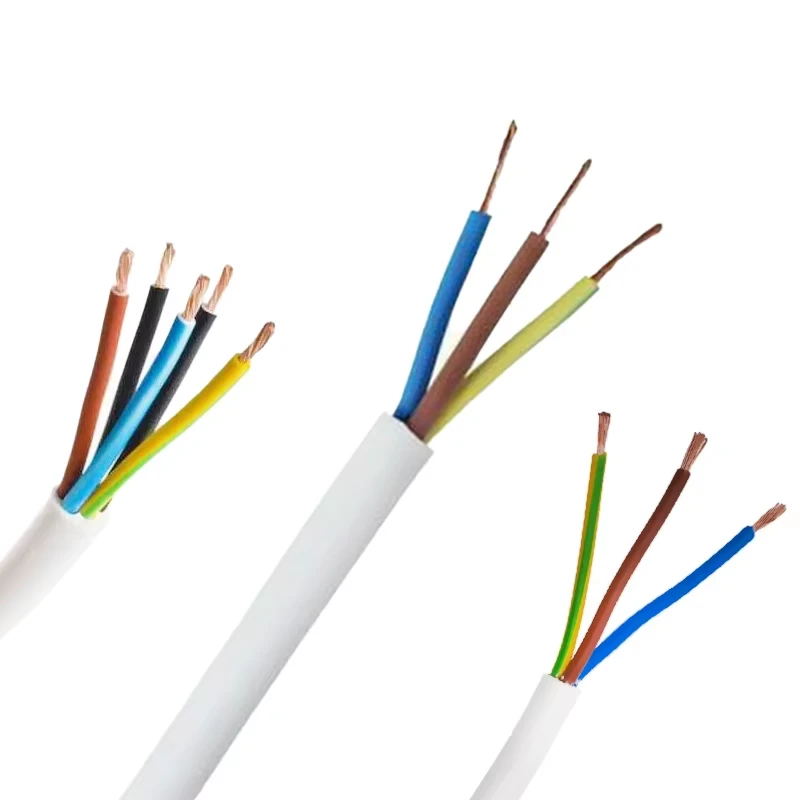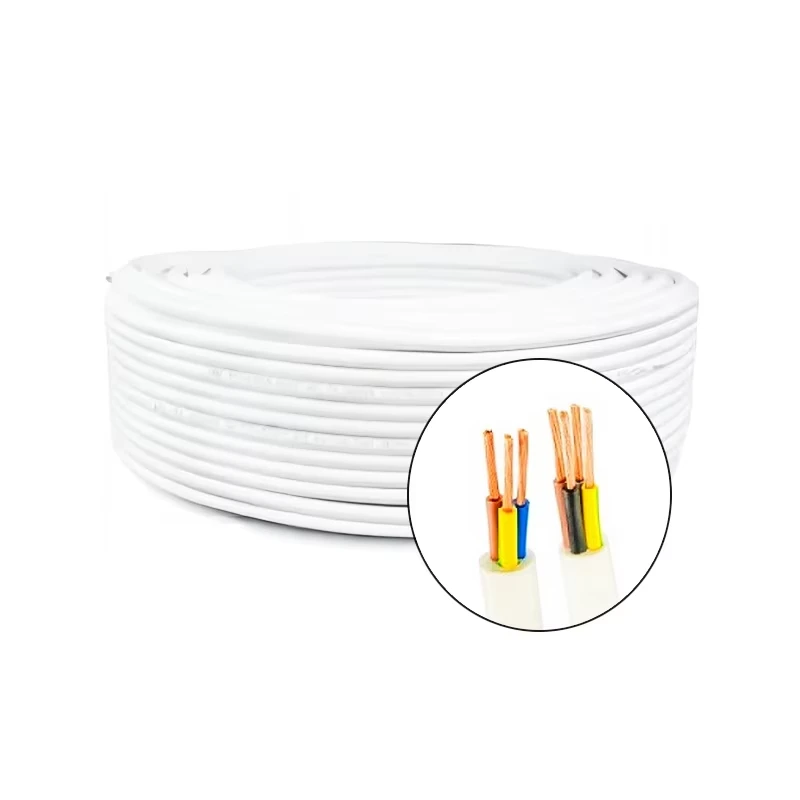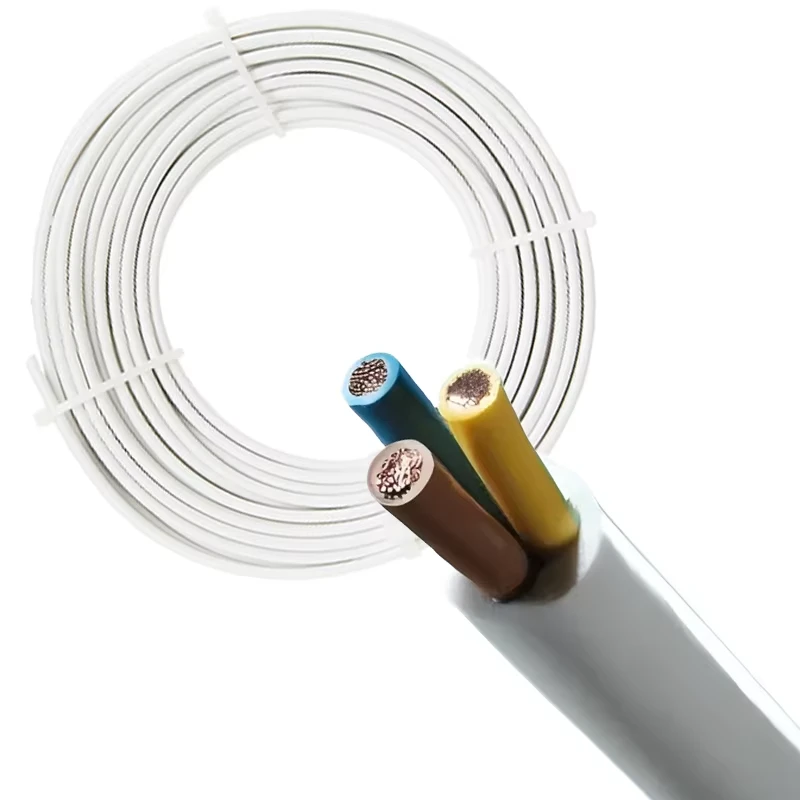
Leading Manufacturer of High-Quality XLPE Cables for Reliable and Efficient Power Distribution Solutions
Understanding XLPE Cables The Backbone of Modern Electrical Infrastructure
XLPE cables, or Cross-Linked Polyethylene cables, have emerged as a vital component in the world of electrical engineering and distribution. As technology advances and infrastructure demands grow, the role of these cables has become increasingly significant, serving a myriad of applications across various sectors. In this article, we will delve into what XLPE cables are, their advantages, applications, and the reasons why they are favored by many cable companies around the globe.
What Are XLPE Cables?
XLPE cables are electrical cables with insulation made from cross-linked polyethylene. The cross-linking process enhances the thermal, mechanical, and chemical properties of the polyethylene, making it an ideal insulating material for electrical applications. These cables are designed to handle high voltage applications, making them suitable for utility, industrial, and commercial use. They come in various sizes and configurations, often consisting of multiple conductors twisted together, surrounded by insulation and protective layers.
Advantages of XLPE Cables
One of the primary advantages of XLPE cables is their exceptional thermal resistance. With a high operating temperature limit, they can function effectively in environments that would typically degrade other insulation materials. This property not only improves the efficiency of power distribution but also extends the lifespan of the cables themselves.
Another significant benefit is their enhanced electrical properties. XLPE cables have lower dielectric losses compared to traditional PVC cables, allowing for more efficient energy transmission. This efficiency is particularly crucial in high-voltage applications where energy losses can significantly impact overall performance and operational costs.
Moreover, XLPE cables exhibit excellent chemical resistance, which protects them from environmental factors such as moisture, chemicals, and UV radiation. This makes them particularly suitable for outdoor installations and in environments where exposure to corrosive substances is a concern.
xlpe cable company
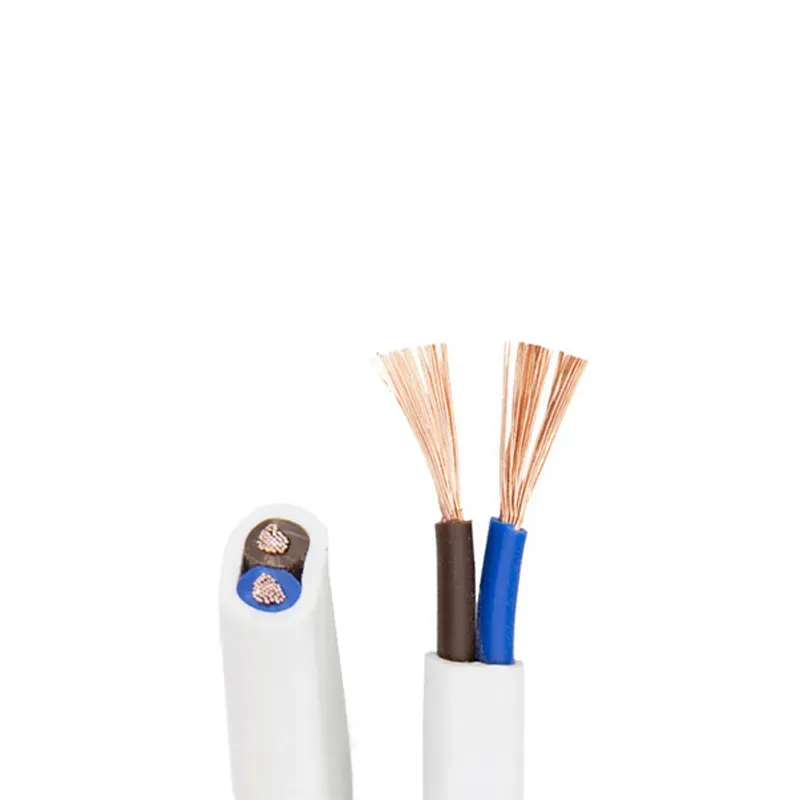
Applications of XLPE Cables
XLPE cables are incredibly versatile and find applications across various industries. In the power sector, they are commonly used for underground and overhead power distribution, helping ensure that electricity is delivered efficiently to homes and businesses. Their ability to handle high voltage makes them ideal for substations and other high-capacity installations.
These cables are also prevalent in renewable energy projects, such as wind and solar farms, where they facilitate the transmission of generated electricity to the grid. Their durability and reliability make them a preferred choice for offshore and onshore energy projects.
In industrial settings, XLPE cables are utilized for connecting machinery and equipment, particularly in areas that require a high degree of safety and reliability. The automotive industry also benefits from the use of XLPE insulation, as it can withstand the demanding conditions within vehicles and ensures the safety of electrical systems.
The Future of XLPE Cables
As the demand for reliable and efficient electrical infrastructure continues to grow, the focus on high-performance cables like XLPE is expected to increase. Cable companies are investing in research and development to improve the manufacturing processes and enhance the properties of XLPE cables further. Innovations in the field are likely to lead to even greater efficiency, reliability, and environmental sustainability.
In conclusion, XLPE cables stand at the forefront of modern electrical infrastructure. Their numerous advantages, coupled with their broad range of applications, make them a critical component in the continuous advancement of electrical engineering. As industries evolve and the demand for energy increases, XLPE cable companies are poised to play a vital role in powering the future.
-
Reliable LIYCY Cable Solutions for Low and Medium Voltage ApplicationsNewsJul.14,2025
-
Premium Overhead Electrical Wire Solutions for Low and Medium Voltage ApplicationsNewsJul.14,2025
-
Innovative XLPE Electrical Cable Solutions for Modern Low and Medium Voltage NetworksNewsJul.14,2025
-
High-Quality Ethylene Propylene Rubber Cable – Durable EPDM Cable & 1.5 mm 3 Core OptionsNewsJul.14,2025
-
Exploring the Versatility of H1Z2Z2-K 1X4mm2 Cables in Modern ApplicationsNewsJul.14,2025
-
Uses of Construction WiresNewsJul.14,2025
-
Types of Neoprene CableNewsJul.14,2025





